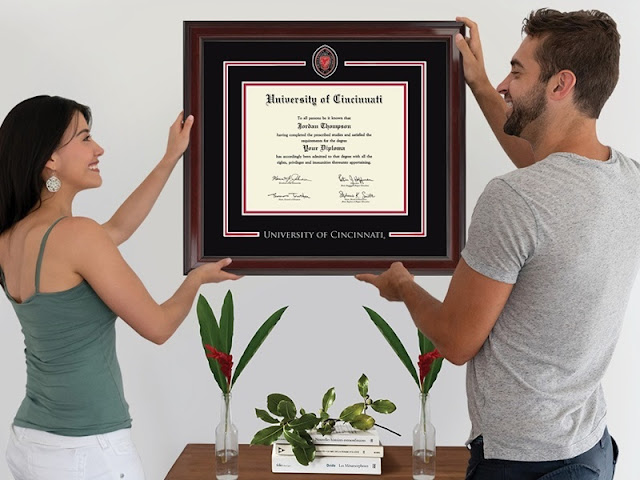The Beginner's Guide to Pens and Markers for Artists
If you're exploring different art media, chances are, you won't skip pens and markers. They're affordable, easy to use and will make a good choice for beginners on a budget. Artist pens and markers come in various colours and types. Here are several types of both pens and markers, so you can choose what works best for your ways of creating art.
Types of Artist Pens
 |
| source: artsupplies.co.uk |
Technical
Technical pens were first created for engineers who needed super-fine tips for drafting and using rulers. Nowadays, artists and designers love them too because they offer precise control, and smooth handling, and produce dark, consistent lines that are waterproof and resistant to smudging. With a variety of print sizes from ultra-fine to broad, these pens are perfect for everything from detailed pointillism to more relaxed sketching, as well as sharp, clean drawings that scan beautifully, making them a great fit for digital art, comics, and beyond.Ballpoint
If you're a beginner at creating an artist pens and markers collection, you can easily start with getting a few ballpoint pens. Besides they're affordable, they're pretty simple as well. Gravity pulls the ink down from the reservoir to a little ball at the tip, and as that ball rolls, it spreads the ink onto the paper. This design helps keep the ink from drying out. While they might not be the go-to for fancy handwriting or flowing scripts like fountain pens, there's a solid reason why they're everywhere: they're super legible, versatile, and don’t smudge easily. Plus, they hardly ever clog or dry up, and if they do, you can usually just change the angle to get them going again. They’re low-maintenance, making them perfect for anyone who writes, no matter their skill level. With tons of styles and ink colours available, they fit all kinds of tasks and budgets.Fountain Pens
The traits that have earned fountain pens their status as top-notch writing tools also make them a fantastic choice for artists and illustrators. They provide smooth, expressive lines in various widths with ease. More portable than dip pens but more dynamic than fineliners or technical pens, they’re perfect for quick sketches wherever you are. Plus, with a variety of ink colours and nib styles available, you can customize them to fit all sorts of artistic styles.Brush Pens
These are the perfect mix of pen ease and brush flair, making them super handy for artists and illustrators. With a flexible brush tip that feels just like a regular paintbrush, you can create all sorts of line widths and strokes with ease.Dip Pens
Dip pens still come in various styles perfect for everything from intricate drawings to beautiful calligraphy. Since they don’t have an internal filling system, you won’t have to worry about clogging, and they let you choose from different inks and nib types. They’re super easy to clean and maintain, and most nibs can handle thinned gouache, fluid acrylics, and pretty much any liquid medium you throw at them. Plus, if you’re just starting out with a dip pen or fountain pen, you don’t need to stress about wasting ink or paper. Just dip the nib in some water and practice on a piece of chipboard.If the idea of using a steel nib feels a bit intimidating, there’s a stunning alternative that’s both beautiful and practical. Venetian-style glass pens make writing and drawing with a dip pen almost as effortless as using a ballpoint pen. These glass pens can work with nearly any ink and feature fluted or spiralled tips that deliver a steady flow of ink onto your paper. Cleaning them is a breeze—just rinse and wipe—and nothing beats the classic elegance a glass pen brings to your workspace.



Comments
Post a Comment